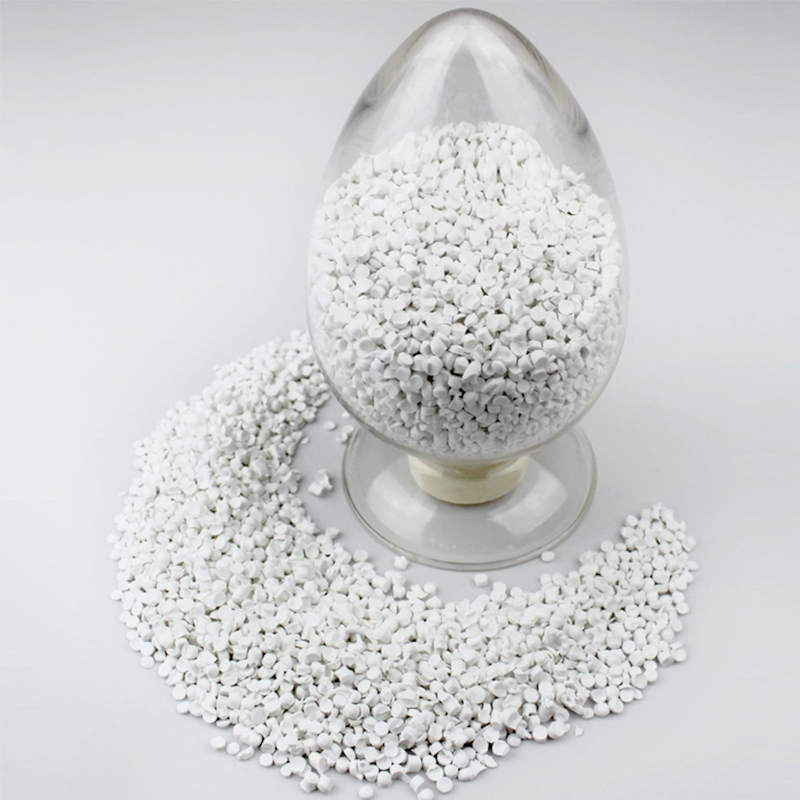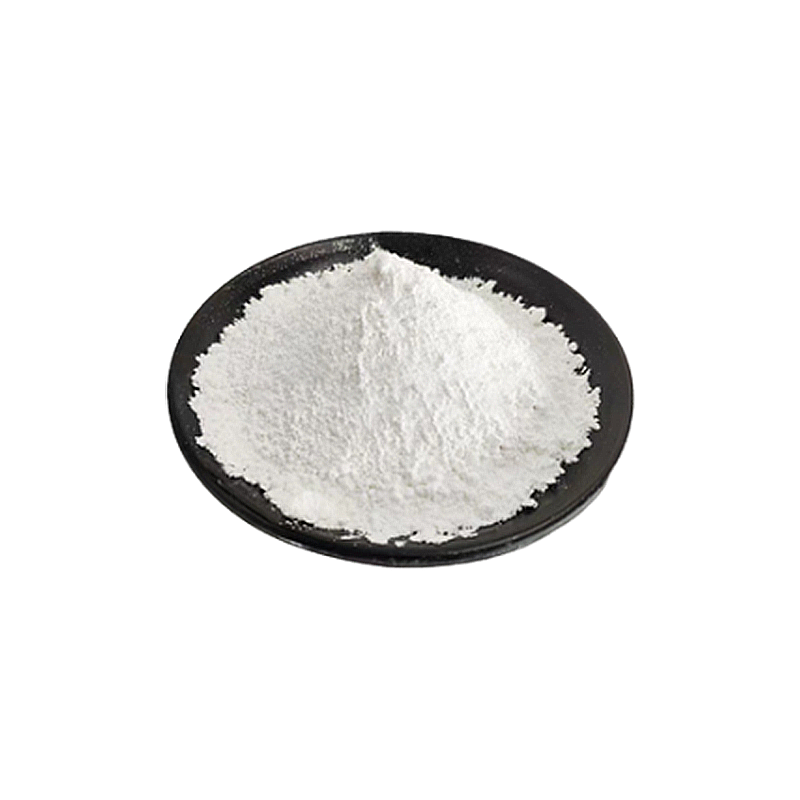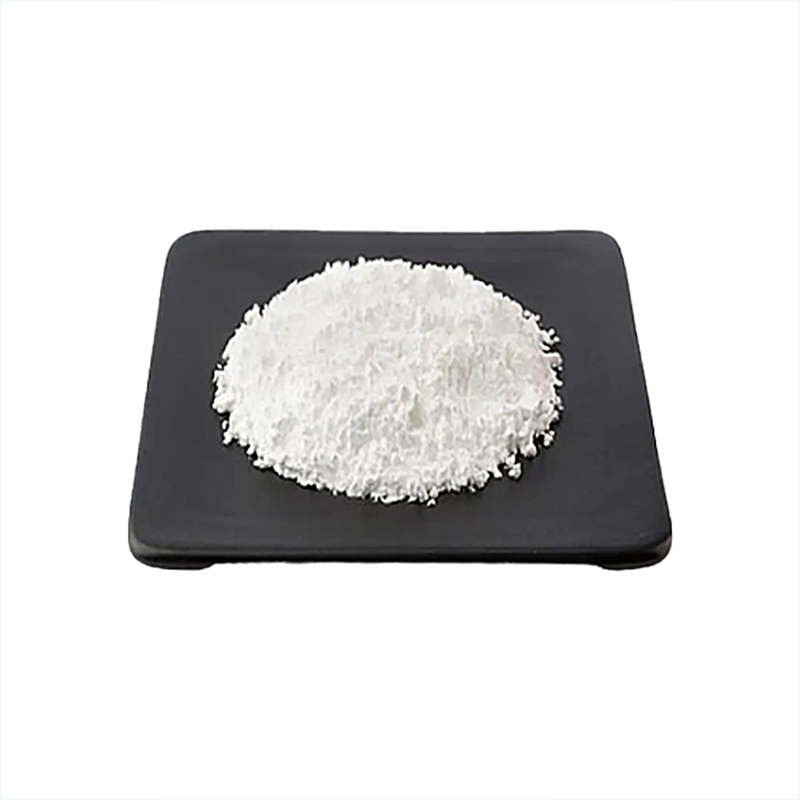Sorry, no matches were found for 'vehicles' Please try another keyword.
Request For Quotations
Q
what are gm vehicles
I'm a seasoned industrial engineer with a keen interest in machine learning. Here to share insights on latest industry trends.
Your pocket guide to everything in the industrial tech world. For the latest updates, insights, and more, keep following.
You May Like
Polyethylene (PE) and Polystyrene (PS) are both polymers widely used in various applications, but they differ significantly in their structures and properties. Polyethylene, known for its flexibility, is primarily used in packaging, containers, and insulation. It consists of a simple structure of repeating ethylene (C2H4) units, making it highly versatile and adaptable to both high and low-density applications. On the other hand, Polystyrene is characterized by its rigidity and is commonly used in products like disposable cutlery, CD cases, and insulation material. Polystyrene's structure includes a benzene ring attached to every other carbon in the chain, contributing to its stiffness and lower flexibility compared to polyethylene. Moreover, polystyrene is often formed into a foam material, known as Styrofoam, which is excellent for thermal insulation and impact resistance, highlighting its distinct differences in applications and physical properties from polyethylene.
Polymers form through a chemical process known as polymerization, where monomers, small and simple molecules, react and bond together in repeating patterns to create long molecular chains. There are two primary types of polymerization: addition (or chain-growth) polymerization and condensation (or step-growth) polymerization.
In addition polymerization, monomers add to each other without the loss of any molecules, and each monomer has at least one double or triple bond. This bond opens up and connects with other monomers, forming a long chain.
Condensation polymerization involves the covalent bonding of monomers along with the elimination of a small molecule, usually water, ammonia, or hydrogen chloride. Each monomer in this reaction typically contains two functional groups, which react to form the polymer and release the small molecule.
Both processes involve the formation of strong covalent bonds between monomers, allowing for the creation of diverse polymers with various properties, depending on the types of monomers used and the process of polymerization.
Plastic injection molding is a manufacturing process where plastic material is injected into a mold under high pressure, creating parts and products with precise dimensions and complex geometries. This process starts by heating plastic pellets or resin until they reach a molten state. The molten plastic is then forced into a mold cavity, which gives the part its shape. After cooling and solidifying, the molded part is ejected from the mold. Injection molding machines consist of three primary components: the injection unit, the clamp unit, and the mold. The process is widely used in various industries, including automotive, medical, consumer goods, and electronics, due to its ability to produce high volumes of identical parts with consistency and repeatability. Injection molding offers several advantages such as low per-unit costs for large volume production, excellent dimensional accuracy, and a wide range of material options. However, the initial setup cost can be relatively high because of the need for precision molds.
Recommended Suppliers
You May Like
-
 Factory direct sales MF1250 disposable rectangle plastic container 1250ml
Factory direct sales MF1250 disposable rectangle plastic container 1250ml -
 PET (Polyethylene Terephthalate)Resin, Bottle Grade YS-C01
PET (Polyethylene Terephthalate)Resin, Bottle Grade YS-C01 -
 2023 innovative products cornstarch meal lunch box 4 compartment cornstarch rectangle food container
2023 innovative products cornstarch meal lunch box 4 compartment cornstarch rectangle food container -
 Food Grade L-Carnitine Fumarate
Food Grade L-Carnitine Fumarate -
 Nanzhao Xintai Active Heavy Active Calcium Carbonate 1500 Mesh
Nanzhao Xintai Active Heavy Active Calcium Carbonate 1500 Mesh -
 PET CHIPS WK-881
PET CHIPS WK-881 -
 Kaolin 6000mesh K-90
Kaolin 6000mesh K-90
Q&A
- •how to classify amino acids by structure
- •titanium molecule
- •how to make oil and water emulsion
- •is a pvc christmas tree safe
- •is pvc recycleab e
Popular Information
- •India eyes Japanese investors with a promise of better business environment
- •PVC Market Is Stable And Weak (10.21-10.25)
- •Downstream Demand Increases Slowly PE Market Continues to Decline
- •Salt business in Gujarat: A sweet success for Dandi boys
- •BASF and Fabbri Group develop certified compostable cling film for fresh-food packaging











